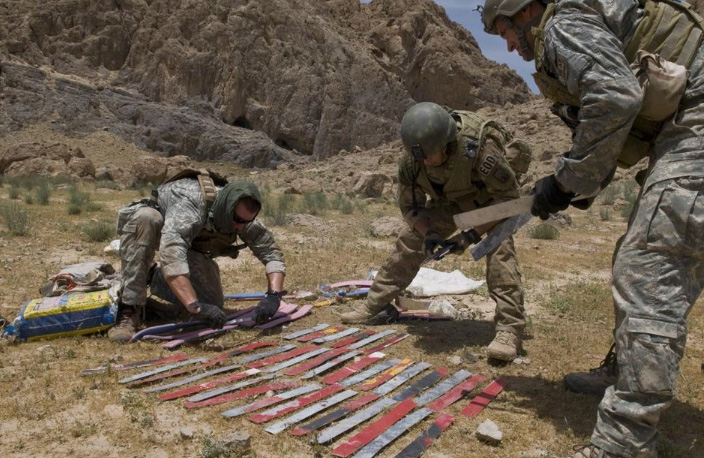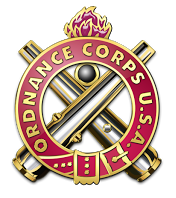EOD
Explosive Ordnance Disposal
Early - Post WWII
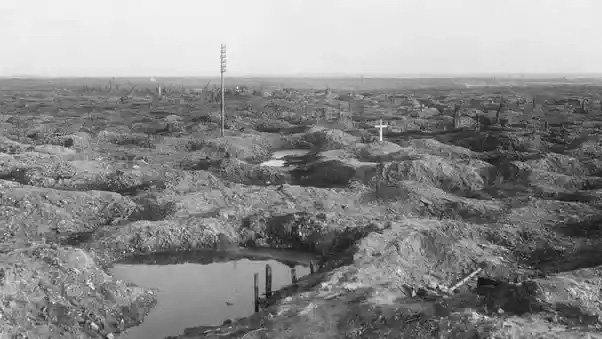
Prior to World War II, ordnance was relatively simple. Unexploded ordnance mitigation did not require much technical skill and in many cases, it was not a priority. Many World War I battlefields remain uninhabitable due to the saturation of unexploded ordnance.
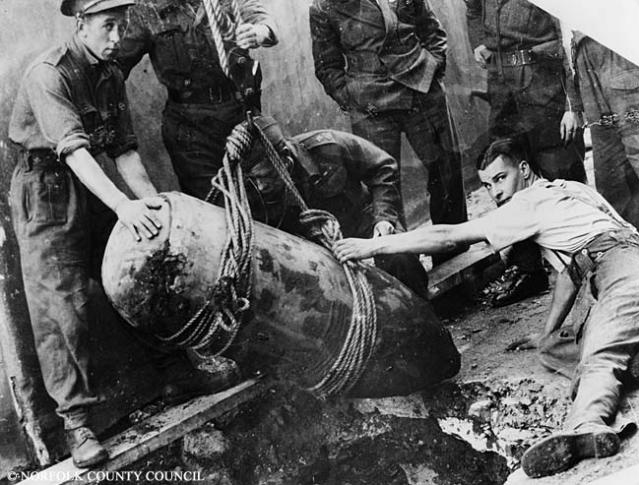
Casualty rates began to climb as the untrained volunteers encountered advanced weapon designs including long-delay and anti-tamper fuzes. British Army and Navy forces began training specialized units.
The Battle of Britain during World War II saw thousands munitions dropped throughout the United Kingdom. These more munitions created a persistent hazard forcing untrained volunteers to address them to the best of their ability.
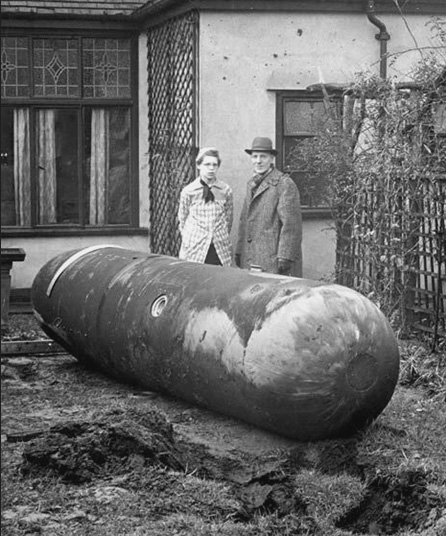

Upon entry into WWII, US Army, Navy, and Marines began training at the British bomb disposal school until the US Navy created the its Bomb Disposal School
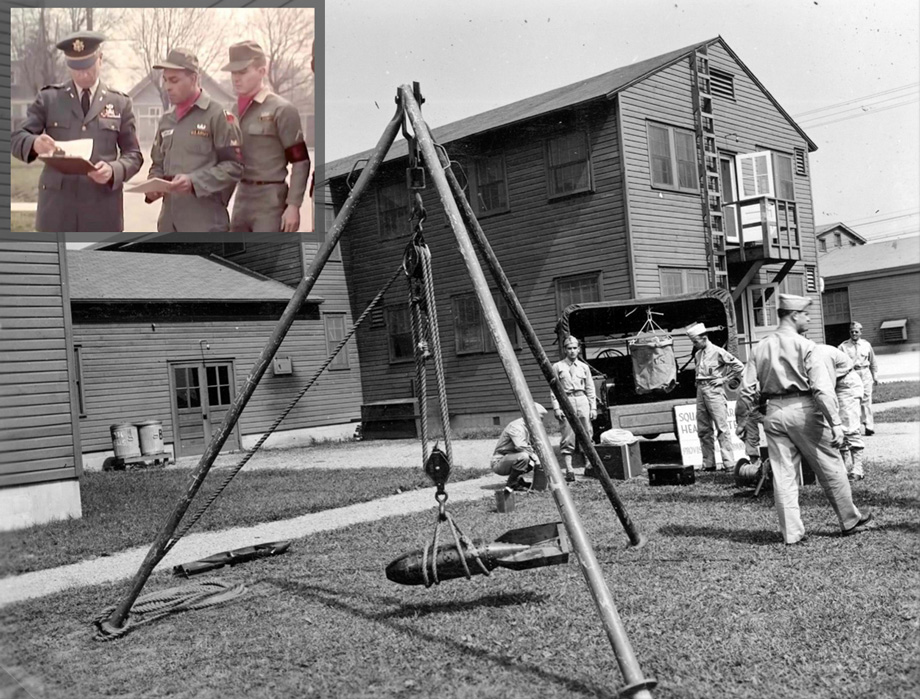
By the late 1940s, the Army, Navy, and Air Force would have their own bomb disposal schools. In 1971, the Secretary of the Navy was designated as the Single Service Manager for all common Explosive Ordnance Disposal training.
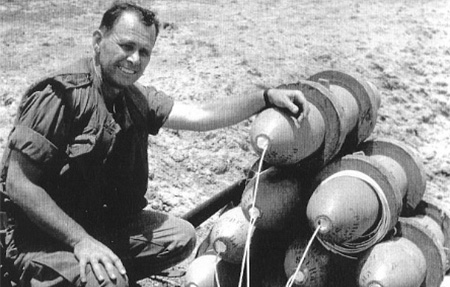
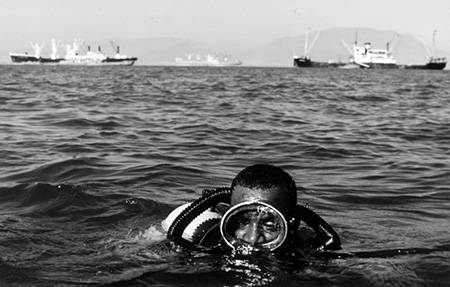
Post 1950 - Modern
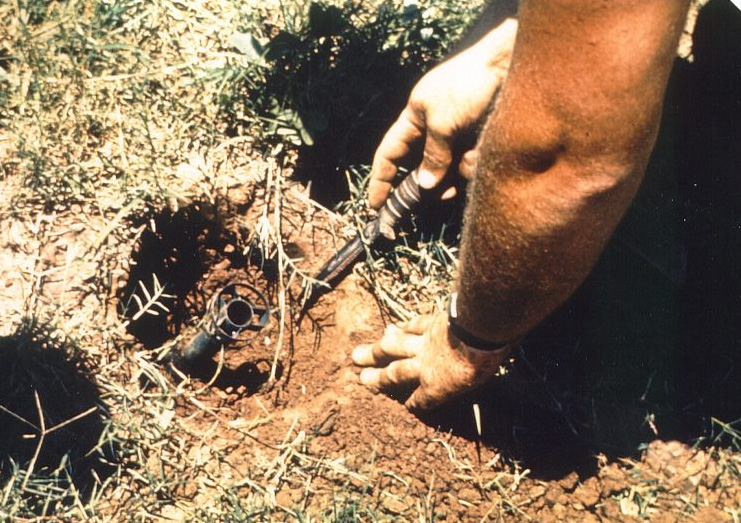
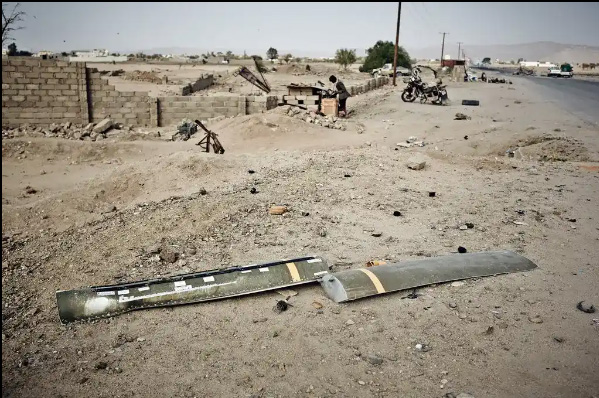
In 1999, Naval School - Explosive Ordnance Disposal (NAVSCOLEOD) and the permanent EOD Memorial were relocated to Eglin Air Force Base, Florida.
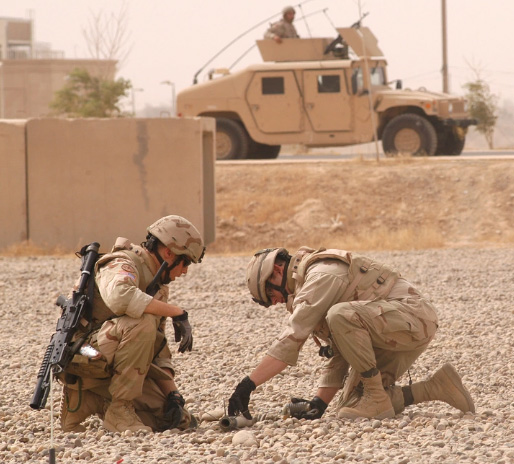
The wars in Afghanistan and Iraq solidified EOD's importance on the battlefield. An emphasis on the counter-IED fight converted Army EOD detachments to companies with battalion and group headquarters. EOD also increased its direct support to Special Operations Forces.

Army EOD formations continued to grow from 8-Soldier squads in WWII to 12-Soldier detachments by the early 1990s. Operation Desert Storm further emphasized the need for EOD as mass demolition operations and exploiting captured enemy weapons became critical missions.
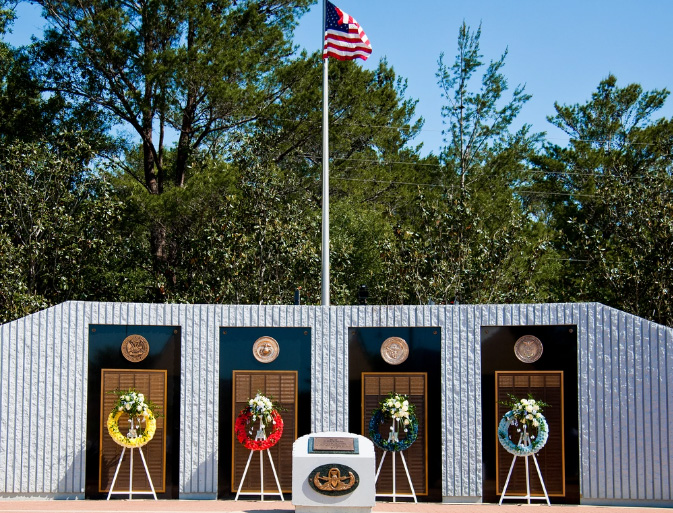
The Army EOD Mission continued to expand throughout the Korean and Vietnam Wars. Beginning in 1954, Army assumed chemical, biological, nuclear, and radiological (CBRN) and improvised explosive device (IED) render-safe and disposal missions.
